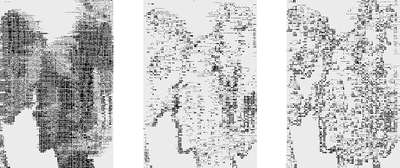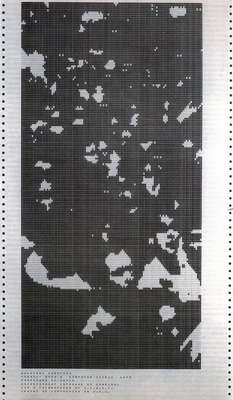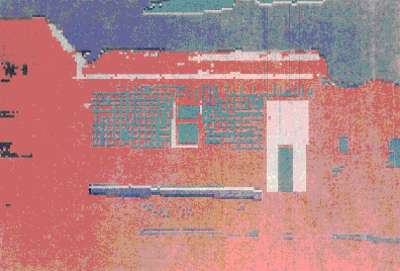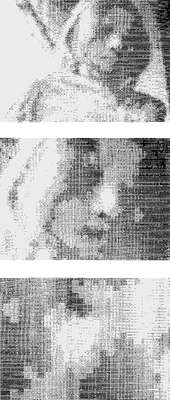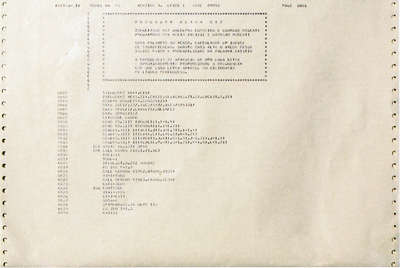Waldemar Cordeiro was perhaps the most important, and definitely the first, name of electronic arts in Brazil during the early years of digital art. In the 1950’s, he was one of the most prominent members of the Brazilian avant garde scene, as the main theorist and practitioner of concrete art in that country.
Born in Italy, and trained there as an artist, he started studying works by the Neo-Marxist, Antonio Gramsci, during his time at Academia di Belli Arte in Rome. Highly influential on his thinking and work, Cordeiro is probably one of a few only in the early years of algorithmic art with such a background.
Cordeiro emigrated to Brazil in 1949 where he soon became the leader of a group of immigrants sharing an interest in concrete art. Indeed, concrete art in Brazil was imported by those foreigners. Concrete art in its general orientation is close to computing machinery such that, similar to European developments, the step from concrete to computed art is an almost natural one.
In the 1968, Cordeiro became the first Brazilian artist who had a chance to use a computer. He got access to an IBM 360/44 with the support by Giorgio Moscati, a physicist at the Physics Department of the University of São Paulo.
Soon later, in 1971, he organized the Arteônica event in São Paulo, the first major exhibition and conference on art & technology in Brazil. Arteônica was a pioneering event (not just in a Brazilian context) as it allowed for meetings of all those minds that were considering, and actually trying to realize radical changes in their approaches to making art.



